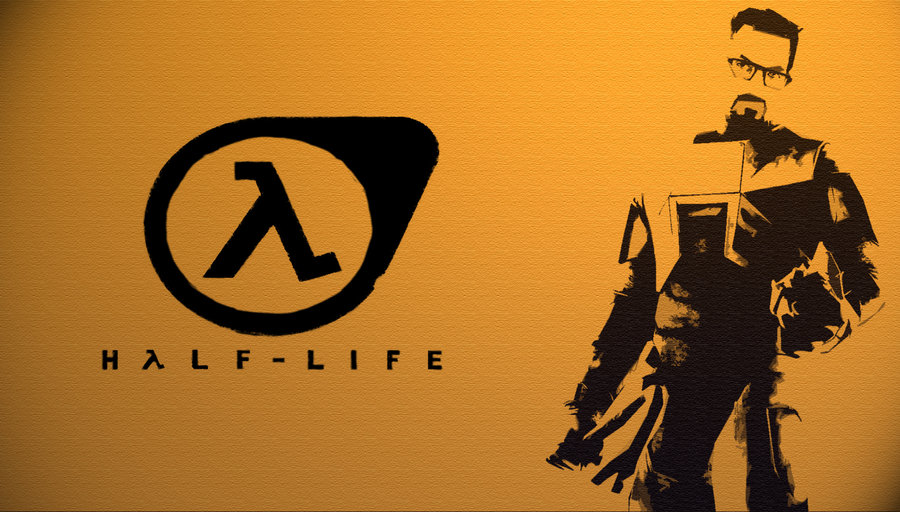

On February 17, 2013, the team announced that both projects had received a Steam Greenlight for their eventual release. On December 8, 2012, Tripmine released the fourth media update after the merge following their reception of Mod of the Year for 2012.

On August 21, 2012, Tripmine released both the RPG and Automatic-Turret models in a small update. On May 1, 2012, the team released more media from Guard Duty for the second update after the merge. At the same time, they publicly released an update explaining the merger. In early 2012, the Operation: Black Mesa team merged with the Guard Duty Team to form Tripmine Studios, allowing both projects to be developed under one roof. Also, the project leader announced a staff expansion to aid in development. On November 2, 2009, the team released a huge media update to celebrate the 10th Anniversary of the release of the original game. Since then, a new forum site has been launched and regained most of its former followers. According to the project leader, they were not aware of the team member that had assisted in the hack. On December 4, 2008, the old forum website was shut down due to hackers. Similar to the drive of Black Mesa's Crowbar Collective, the team is pushing Valve's Source Engine to the limit with dynamic lighting, complex enemy AI and expansive additions to the original levels. The project has grown considerably since then, with a dedicated development team of over 20 programmers, 3D model and texture artists, map designers and vocal performers. They began development in September 2007, one month before the release of Half-Life 2: Episode Two. The Valve Corporation originally had plans to port Half-Life: Opposing Force into the Source engine (announced at E3 2004) much like they did with Half-Life: Source, but after an underwhelming first look at the project, the creators of Operation: Black Mesa decided to pursue their own remaster of the game, built from the ground up.


 0 kommentar(er)
0 kommentar(er)
